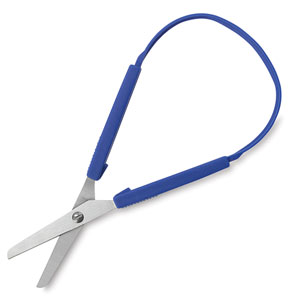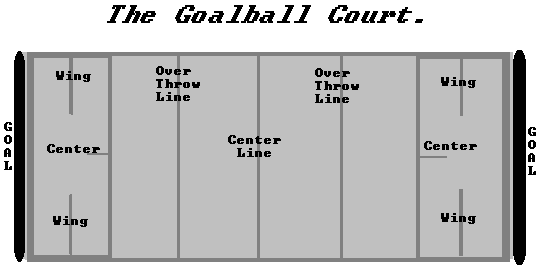Team River Runner is an organization for wounded veterans that allows them to use paddling sports as a form of therapy. Participants usually either kayak or are on teams for white water rafting. Team River Runner is specifically for wounded service members and veterans, but kayaking and rafting can be adapted to several populations including people with visual impairments and people with most types of spinal cord injuries. Team River Runner's goal is to provide both a physical activity and a place to socialize with other wounded vets. It can be either a team sport or an individual sport. For some veterans, paddling may be like an activity that they did before they were injured, but for many participants this is a new activity. This gives them a sense of challenge, but they also have teammates nearby to support and inspire them. With adaptive equipment kayaking can be done by people with spinal cord injuries as well as people with amputations of their arms. For people with visual impairments, a partner could be in the kayak for assistance with turning. Kayaking and river rafting may not be an appropriate for people with slow reaction times or people uncomfortable with water.
Participants learn to kayak or raft in a pool to learn basic techniques and become comfortable with all of the equipment. After that they start practicing in lakes, rivers, or oceans. Team River Runner has chapters across the US so different chapters will go to different open water areas for practice. When participants have mastered the basics chapters will take trips to start to challenge them. Some trips are specifically for participants with visual impairments and some are for families. Occasionally there are competitions held to compete against other chapters. The following is a video to show more of what they do.
http://www.youtube.com/watch?v=SDGrxo88CCk
Resources needed are kayaks, rafts, or other similar boats as well as paddles, life jackets, and helmets. Team River Runner chapters provide any equipment. Some participants may need special adaptations, some of which are specially made while others are homemade.

This is a home made device to assist participants who have had finger amputations. It is made from a bike tube and a zip tie.
Other resources include an area to learn in such as a pool as well as larger areas to practice. Transportation to lakes and rivers for outings is also necessary.
When first learning about paddling sports it is important to have an instructor who is familiar with the sport. Once participants are comfortable with kayaking or rafting they may be able to do this on their own or with a group on a trip. On a trip it is advisable to have a trip leader who makes the detailed plans. On a rafting team, a captain would be beneficial to take control in difficult situations where the team needs to be led through a tough part of the river.
I learned about Team River Runner in my RTH 491 class from a former service member who participated in a TRR club.
http://www.teamriverrunner.org/ was my main resource. For more information readers can check out the TRR recommended links page
http://www.teamriverrunner.org/?q=recommended_links. This includes information on canoeing, surfing, and the paralympics, as well as other great resources for wounded veterans.











